Between Students and Classroom: A Route to Performance Via Geoboard Instruction in Junior Secondary Schools Mathematics
DOI:
https://doi.org/10.5281/zenodo.17271389Ключевые слова:
Geoboard instruction, Plane geometry, Mathematics achievement, Teaching strategies, Junior secondary educationАннотация
This study investigated the effectiveness of Geoboard instruction on students’ achievement in plane geometry at the junior secondary school level. A sample of 157 students (83 males and 74 females) was drawn from two public schools in Lagos State. The Plane Geometry Achievement Test (PGAT) was validated through face and content validity, and its reliability was confirmed using a test–retest method, yielding a coefficient of 0.79. The study adopted a quasi-experimental design, addressing three research questions and testing three hypotheses. Data were analyzed using descriptive statistics and analysis of covariance (ANCOVA) at the 0.05 level of significance. Findings revealed that students exposed to Geoboard instruction demonstrated higher participation and significantly better performance than those taught with conventional methods. The pretest [F(1,156) = 31.60; p < 0.05] and posttest [F(1,156) = 249.41; p < 0.05] results confirmed significant differences in achievement between the groups. The study concludes that Geoboard instruction enhances students’ performance in plane geometry more effectively than traditional methods and recommends its integration into mathematics classrooms.
Скачивания
Загрузки
Опубликован
Выпуск
Раздел
Лицензия
Copyright (c) 2025 Journal of Education, Communication, and Digital Humanities

Это произведение доступно по лицензии Creative Commons «Attribution» («Атрибуция») 4.0 Всемирная.





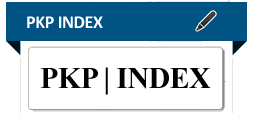
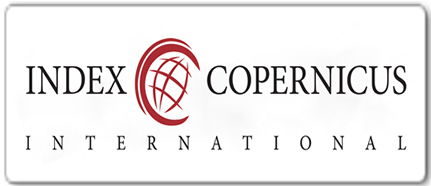

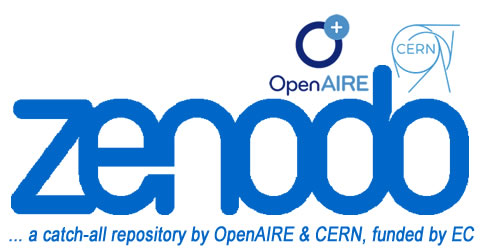


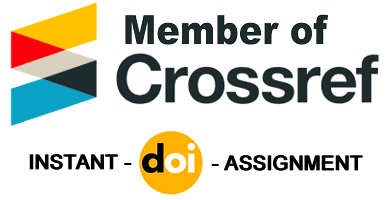
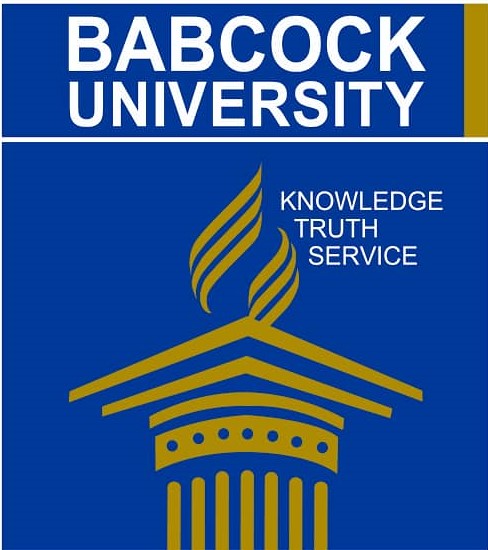
 =======================================================================================================================================
=======================================================================================================================================